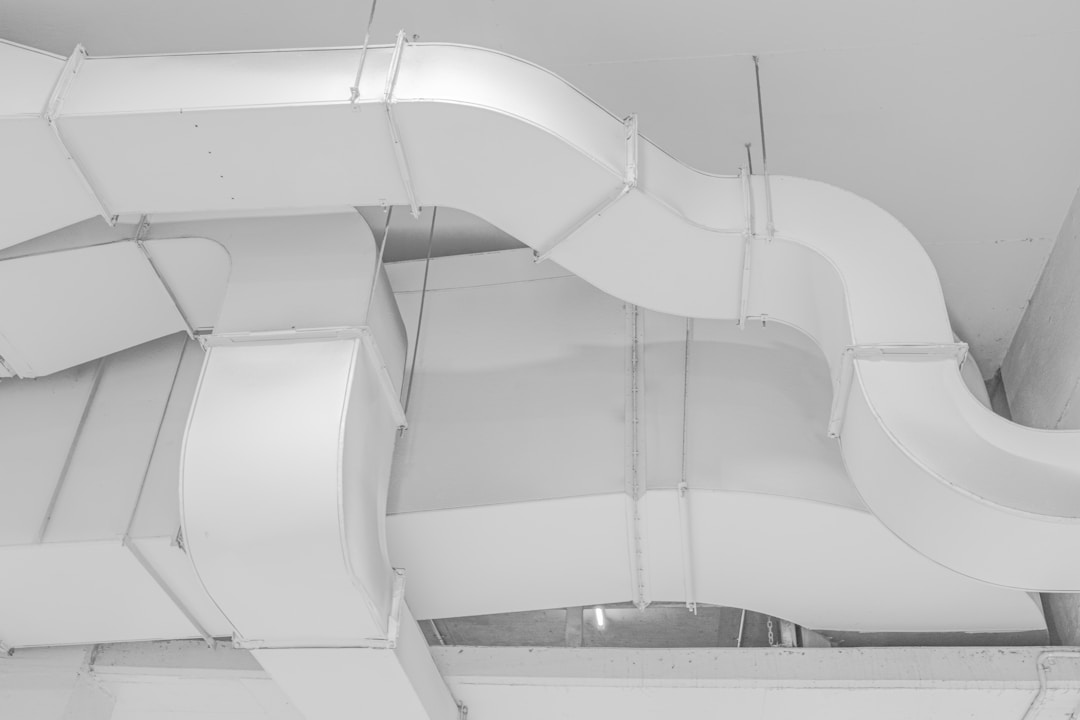Recent innovations in residential air systems have made ductless heat pumps popular among many homeowners. For those unfamiliar with the state-of-the-art design, a ductless mini-split system replaces both a traditional HVAC system and heater with only a single unit. Although some homeowners are hesitant towards full HVAC replacement, the high efficiency of energy use and indoor air quality potential of ductless alternatives are often worth the switch due to their numerous financial benefits.
However, investing in ductless air conditioners requires a little basic background and maintenance knowledge. Here, we will look at five tips for ductless mini-split installation, as well as a few of the amazing conveniences it can provide to your family throughout the year.
1. Check your pre-existing ductwork.

A major benefit of installing a ductless heat pump into your home is the easy troubleshooting the ductless mini-split requires in emergency circumstance. As the name entails, most heat pump options don’t need ductwork for installation, lessening the common problems associated with traditional HVAC systems. Rather, a ductless mini-split system uniquely uses an outdoor unit, called the compressor, to literally funnel air from outside the home into an indoor air handler. Depending upon the temperature setting of the homeowner, this single system either cools or warms the air, thus replacing both the home’s air conditioner and heating system. However, it’s important to first have an installer check your pre-existing ductwork to decide which mini-split HVAC system might be best for your home.
2. Consider a zoning system.
An optional feature with many ductless air conditioners is a zoning system. This is similar to the features of a central air conditioner unit, which allows the homeowner to adjust individual the temperature setting on a room-by-room basis. Much like the commercial application of such a feature with industrial HVAC units, a zoning system has many benefits aside from mere convenience. For example, if any family members require specific temperature needs due to health, such as the breathing issues associated with respiratory illness or asthma, the ability to make one room either cooler or warmer than another can be important for overall wellness.
3. Keep an eye on your air filters.
If this is your first time considering a ductless mini-split system, it’s important to remember that your air filters are still a crucial aspect of airflow. Although many ductless air conditioners or ductless heating systems do away with the traditional ductwork, the ventilation system remains the same. This means that your filters can still clog due to dust and debris, lowering your home’s indoor air quality and raising your energy bills. HVAC technicians recommend changing your filters every two months and this is no different with a ductless heat pump alternative.
4. Pair your ductless heat pump with a smart thermostat.

Although a mini-split system has many features, it’s a good idea to pair it with a programmable, or “smart” thermostat. This recent technology allows you to control the home’s heating operation and cooling abilities using the remote control conveniences of your mobile device. A smart thermostat even allows your family to pre-program temperature setting preferences, meaning the thermostat will intuitively know when too much energy is being used. By automatically adjusting the home’s temperature, the thermostat will always keep your energy consumption low. A smart thermostat is ideal for homeowners who often forget to change the temperature setting throughout the day. Just be sure to ask your HVAC installer which thermostat models pair correctly with your new mini-split system.
5. Invest in an HVAC maintenance plan.
The most common problems with any HVAC system, including ductless air conditioners, are due to a severe lack of maintenance. Many homeowners forget that regular repair service performed by HVAC technicians throughout the year is important for the system’s long-term integrity. By purchasing a maintenance plan policy, both emergency service and routine HVAC maintenance are always just a phone call away. Expert technicians will not only provide on-call service, but will perform such routine necessities as air filter change, fuel source replenishment, and the type of safety inspections that can avoid costly breakdowns.

